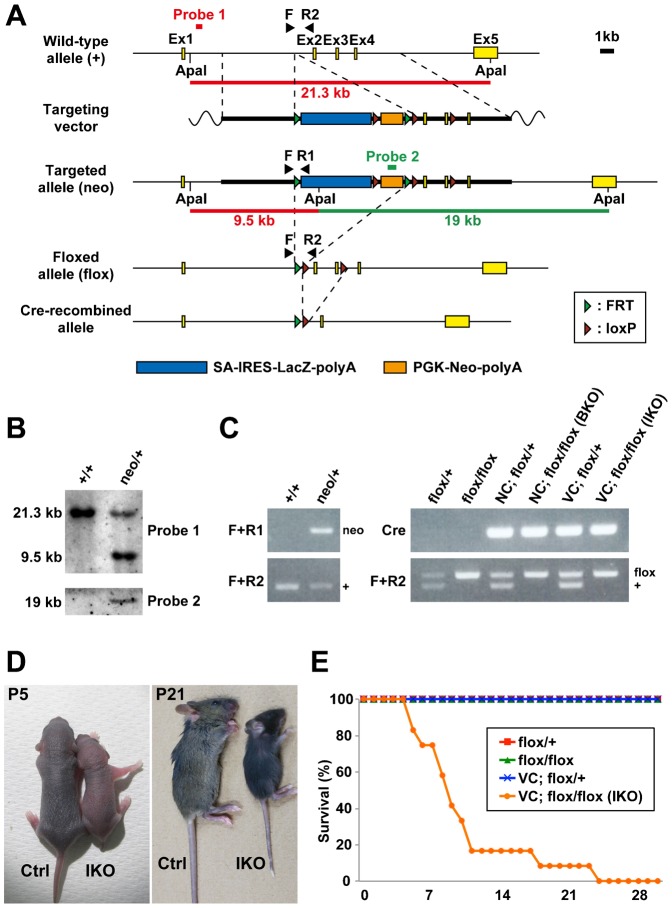Fig. 1. Generation and analysis of Rab11a knockout mice.
(A) Diagram of targeting strategies. Restriction maps of the Rab11a wild-type allele (+), the targeting vector containing an SA-IRES-LacZ-polyA sequence (blue horizontal bar) and PGK-Neo-polyA (orange horizontal bar), and the targeted allele (neo). Brown triangle, loxP site; green triangle, FRT site. Probe 1 hybridises with a 21.3-kb Apa I fragment from the wild-type allele and a 9.5-kb fragment from the targeted allele. Probe 2, the neomycin fragment in PGK-Neo-polyA, hybridises with a 19-kb Apa I fragment from the targeted allele. SA, splice acceptor; IRES, internal ribosomal entry site; PGK, phosphoglycerate kinase promoter; Neo, neomycin resistance gene cassette. (B) Southern blotting analysis of the targeted ES cell clones. Genomic DNA from parental embryonic stem cells (+/+) and targeted clones (neo/+) were digested with Apa I for hybridisation with the probes 1 and 2 in (A). (C) Genotyping PCR analysis using genomic DNA from control and knockout mouse tails. Primers ‘F+R1’, primers ‘F+R2’, and primers ‘Cre’ were used to detect the targeted allele (neo), the wild-type (+) and floxed (flox) alleles, and cre gene. (D) Control (Ctrl) and intestine-specific Rab11a knockout (IKO) mice at postnatal days 5 (P5) and 21 (P21). The IKO mice were smaller than control littermates at both ages. (E) Survival curves for control (n = 12–14) and IKO (n = 12) mice. IKO mice began dying 5 days after birth, and all mice were dead by postnatal day 25. NC, Nestin-Cre; VC, Villin-Cre.

